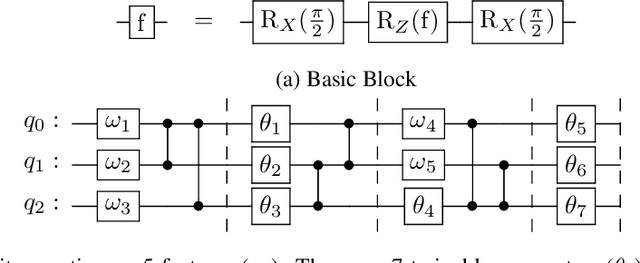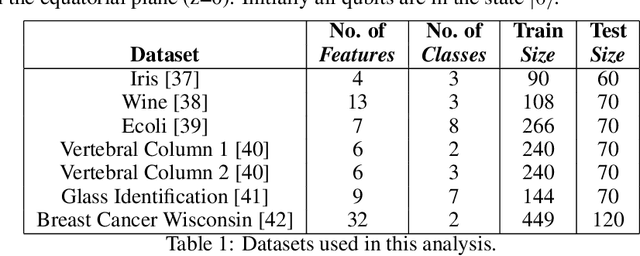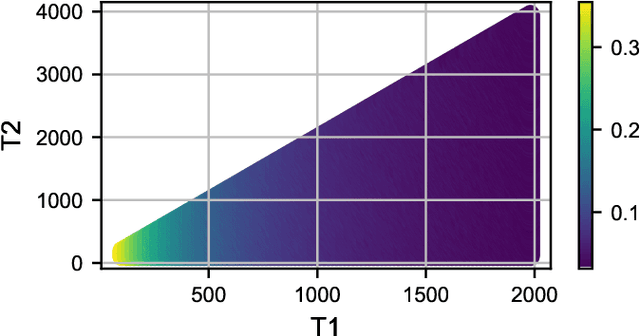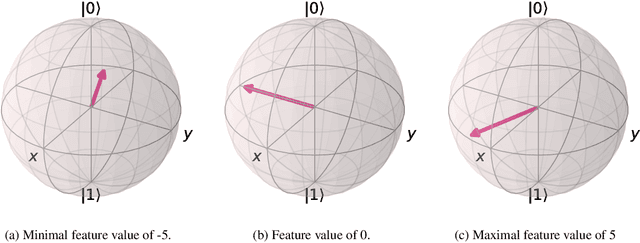A Case For Noisy Shallow Gate-Based Circuits In Quantum Machine Learning
Paper and Code
Dec 13, 2021



There is increasing interest in the development of gate-based quantum circuits for the training of machine learning models. Yet, little is understood concerning the parameters of circuit design, and the effects of noise and other measurement errors on the performance of quantum machine learning models. In this paper, we explore the practical implications of key circuit design parameters (number of qubits, depth etc.) using several standard machine learning datasets and IBM's Qiskit simulator. In total we evaluate over 6500 unique circuits with $n \approx 120700$ individual runs. We find that in general shallow (low depth) wide (more qubits) circuit topologies tend to outperform deeper ones in settings without noise. We also explore the implications and effects of different notions of noise and discuss circuit topologies that are more / less robust to noise for classification machine learning tasks. Based on the findings we define guidelines for circuit topologies that show near-term promise for the realisation of quantum machine learning algorithms using gate-based NISQ quantum computer.
 Add to Chrome
Add to Chrome Add to Firefox
Add to Firefox Add to Edge
Add to Edge